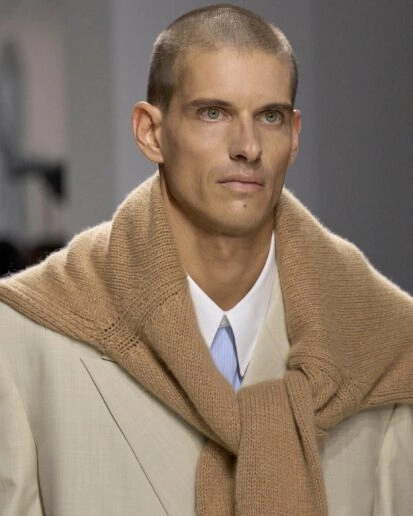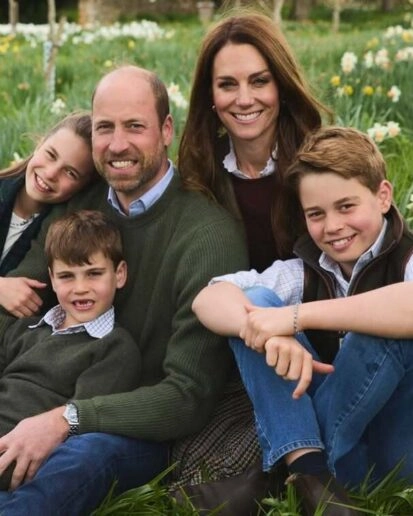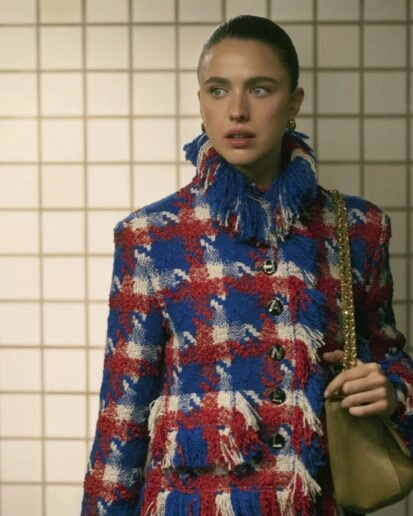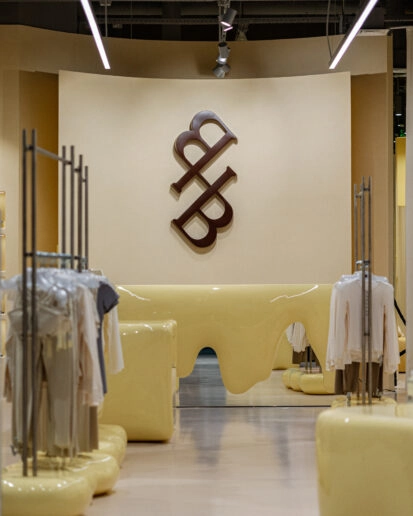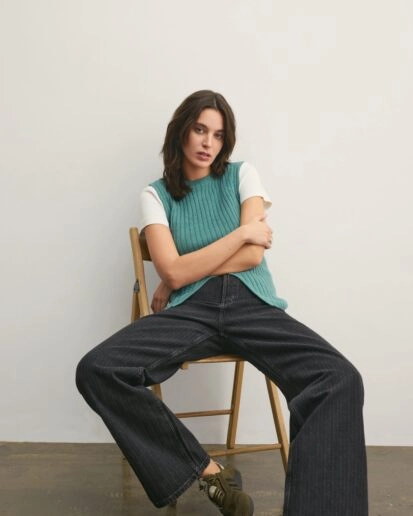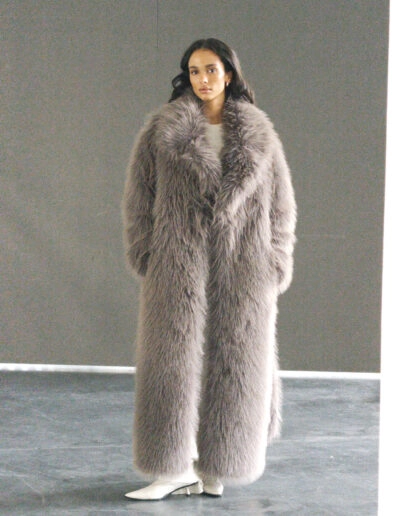
The Rise of Ethical Fashion: Living Crafts’ Journey to 200,000 Loyal Customers
Selbitz, Germany — At first glance, the town of Selbitz, nestled in Bavaria’s Upper Franconia region, appears to be an unlikely epicenter for a fashion revolution. It lacks the prestige of Milan, the glamour of Paris, or the commercial sheen of New York’s Garment District. But for 40 years, from a quiet warehouse in this rural town, Living Crafts GmbH has defied industry norms—steadily building a global customer base while adhering to values the broader fashion industry has long treated as disposable: sustainability, fairness, and transparency.
What began as a modest venture producing organic cotton socks has evolved into one of Europe’s leading sustainable fashion brands, generating over €12 million in annual revenue, with 15% year-on-year growth and more than 200,000 loyal customers. As fast fashion brands churn out cheap garments and dominate the digital marketplace with aggressive marketing, Living Crafts has emerged not as a loud disruptor, but as a disciplined, principled survivor.
“We never wanted to be the biggest,” said Managing Director Frank Schell in a recent interview. “But we were always sure we wanted to be the most consistent. The most reliable. And the most responsible.”
A Global Industry in Crisis
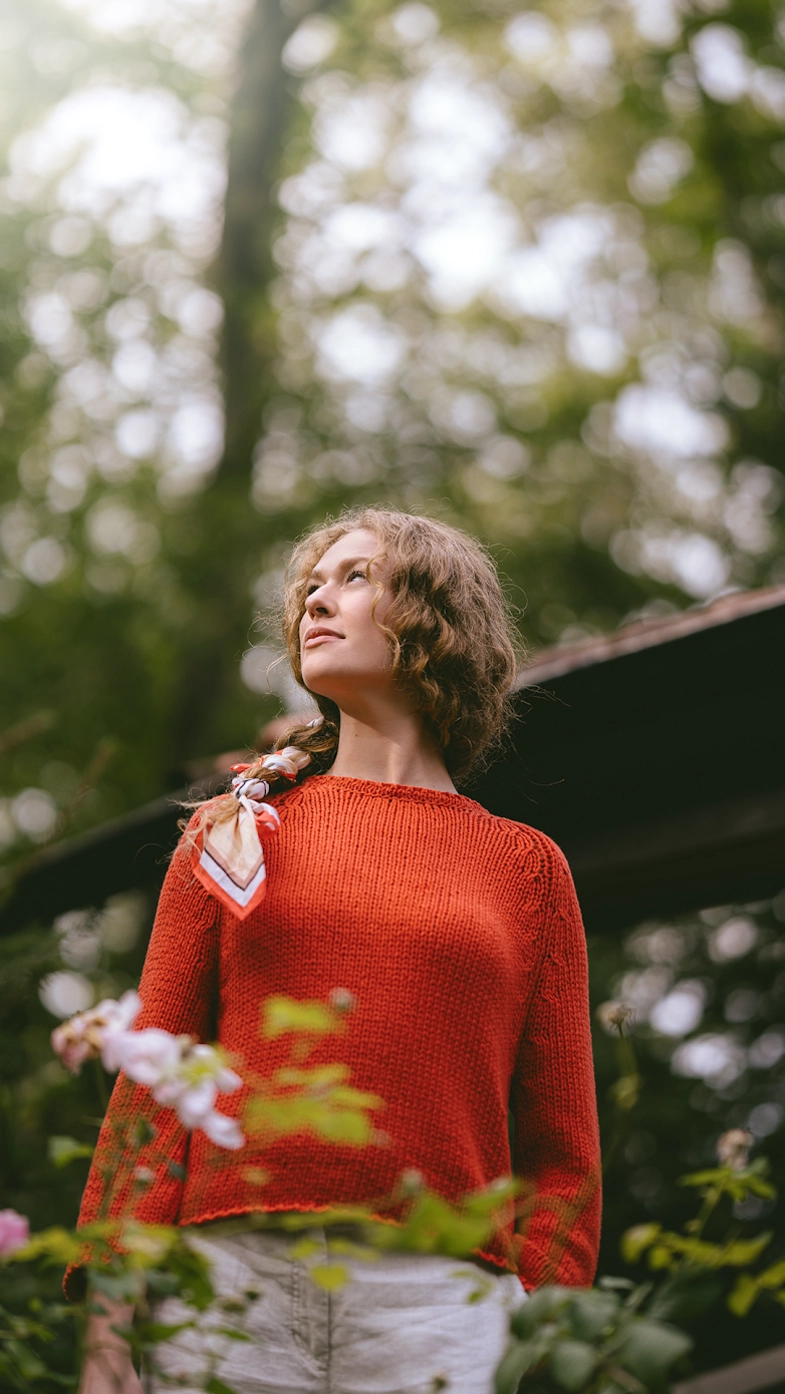
The global fashion industry—valued at more than $1.7 trillion—has come under increasing scrutiny in recent years for its environmental and human rights abuses. According to the United Nations, fashion is responsible for nearly 10% of global carbon emissions and is the second-largest consumer of the world’s water supply. Meanwhile, a 2023 Oxfam report revealed that garment workers in major manufacturing hubs like Bangladesh and Ethiopia earn less than 1% of the final retail price of the clothes they produce.
Living Crafts was confronting these issues before they were headlines. Launched in 1985—decades before “sustainable fashion” became a buzzword—the company was among the first in Europe to prioritize organic materials, fair labor, and climate-neutral production. Its product range now includes nightwear, basics, underwear, home textiles, and fashion for men and women, all produced with an eye toward minimizing harm and maximizing durability.
Sustainability as Structure, Not Slogan

While many fashion brands have embraced sustainability as a marketing strategy, often accused of “greenwashing,” Living Crafts has embedded ethical considerations into every layer of its operations.
The company holds GOTS (Global Organic Textile Standard) certification, a rigorous benchmark that ensures compliance with strict ecological and labor standards throughout the supply chain. Its textiles are made from organic cotton, wool, and linen, and its production facilities are spread across Germany, Lithuania, Turkey, and India—locations chosen for both their craftsmanship and compliance with ethical practices.
From a logistics standpoint, Living Crafts also offsets its carbon emissions through partnerships with certified climate organizations, ensuring that even the packaging and shipping processes are aligned with its environmental mission.
“We think of sustainability not as a separate function, but as part of the DNA of everything we do,” Schell noted. “From design to delivery, there’s a responsibility we carry to the people who wear our products and to the people who make them.”
The E-Commerce Evolution

Despite its principled foundation, Living Crafts has not remained static. The brand has made significant inroads in e-commerce, a space typically dominated by flash sales and overnight trends.
The brand’s efforts have focused on building a clean, efficient digital storefront through the company’s website, www.livingcrafts.de/en, which now serves customers across Europe and ships globally. The site offers detailed product information, transparency around materials and sourcing, and an intuitive interface that favors clarity over gimmickry.
It’s a strategy that stands in sharp contrast to the social media-heavy, algorithm-driven tactics favored by competitors. Living Crafts bets on long-term relationships over short-term conversions, and with a Google review rating of 4.7 out of 5, customer satisfaction appears to validate the approach.
Financial Growth Without Ethical Compromise

At a time when scaling often requires dilution of core values, Living Crafts presents a rare case of mission-driven profitability. The brand has grown steadily, fueled not by venture capital or influencer hype, but by word-of-mouth and consumer trust.
At €12 million in annual revenue, Living Crafts remains small compared to industry giants. Yet its 15% year-over-year growth rate exceeds many fast fashion conglomerates, especially as consumers increasingly shift toward brands perceived as authentic and responsible.
Analysts project global e-commerce will surpass $6.8 trillion by the end of 2025, and sustainability-focused brands like Living Crafts are positioned to benefit—particularly in Europe, where younger consumers show heightened interest in ethical sourcing and low-waste fashion.
The Challenge Ahead: Can Ethical Fashion Scale?

Still, the path forward is not without friction. Living Crafts competes with brands that also market themselves as ethical, eco-friendly, and fashion-forward. As sustainability becomes a mainstream demand, the company must differentiate not just on values, but on execution.
The risk is that the same forces that demand scale and efficiency – global logistics, price pressure, digital engagement – can erode the very ethos that made Living Crafts successful in the first place.
“We’re not blind to the challenges,” Schell admitted. “But we believe customers are more discerning now. They know the difference between storytelling and truth. We want to be on the side of the truth.”
A Quiet Rebellion, 40 Years Strong
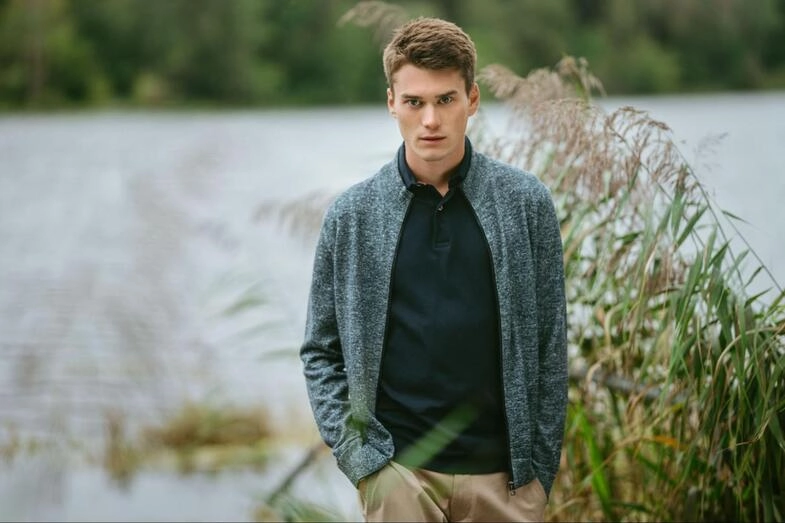
In marking its 40th anniversary, Living Crafts has done more than celebrate a milestone—it has demonstrated that it is possible to build a profitable company without sacrificing conscience.
From its modest beginnings in a garage with organic socks, the company now stands as a case study in how long-term thinking, ethical rigor, and disciplined leadership can yield not just survival, but steady growth.
In a marketplace saturated with speed and spectacle, Living Crafts has opted for something quieter: consistency. And in doing so, it has turned a once-niche concept into a viable global movement—one ethically sewn seam at a time.




